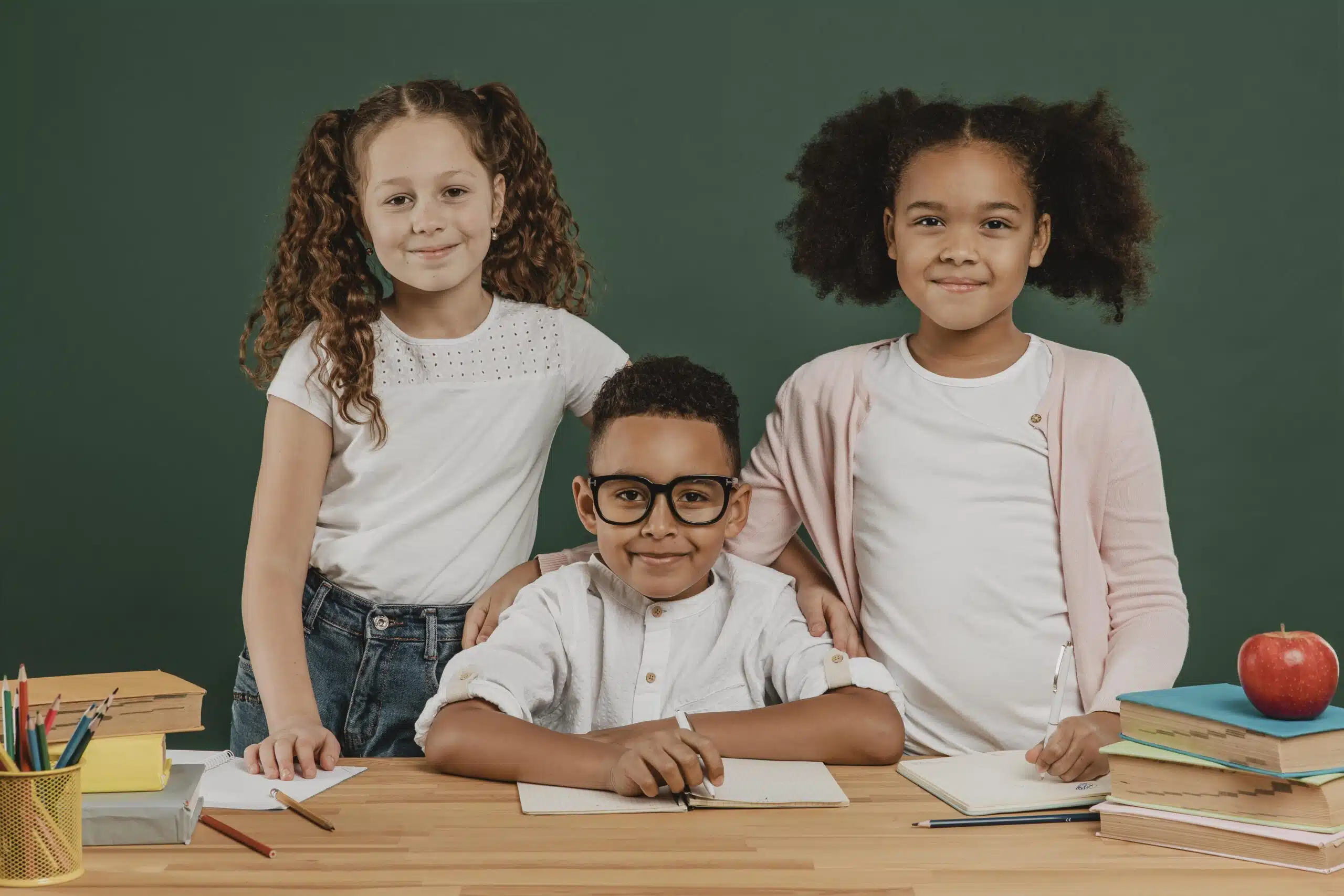Embracing Individuality in the Classroom
Education is undergoing a paradigm shift in differentiated learning. The traditional approach of fitting students into rigid learning groups is increasingly being questioned. Recent shifts in instruction stress the importance of recognizing each student as an individual with unique learning capabilities. This shift in perspective is critical; students cannot be neatly categorized into four or five groups, as their learning abilities and needs are far too diverse and nuanced.
A key example of this is the way students are assessed. A student’s performance in tests is not a definitive measure of their learning abilities. Poor test results do not necessarily mean a student is a slow learner, nor do high scores always correlate with higher intelligence. The challenge, then, is to create a learning environment that is not only personalized but also adaptive to the individual needs of each student.
Differentiated Learning Experiences are Hard
However, this scenario presents a practical problem for educators: the immense time and effort required to create such individualized learning experiences. Teachers, who are often already overwhelmed with their existing workload, find it nearly impossible to devise separate lesson plans for each student. This is where innovative solutions like Teachally can play a significant role.
Teachally, an AI-driven educational platform, addresses this very issue. It offers a practical solution that facilitates differentiated learning environments without placing additional burdens on teachers. By utilizing Teachally, educators can efficiently create diverse learning pathways that cater to the individual needs of each student. This approach aligns with the broader educational trend towards recognizing and accommodating individual learning styles and needs.
The significance of this approach is particularly evident in the context of neurodivergent students. Traditional educational models often fail to support these students effectively, but with tools like Teachally, there is an opportunity to create learning environments that are more inclusive and responsive to their specific needs.
Differentiated learning is not just a fleeting trend but a necessary evolution in the educational landscape. While the practical challenges of such an approach are significant, solutions like Teachally offer a way to make this a reality in classrooms. By embracing these tools, educators can ensure that they are meeting the needs of every student, thus fostering a more effective and inclusive learning environment.



